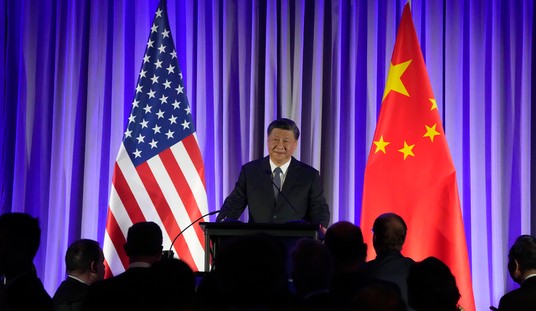The State Department announced that the cuts made to embassy staff in Havana after strange and unexplained “sonic attacks” sickened diplomats and their families will become permanent.
But the attacks themselves remain a mystery. However, a team of computer research scientists at the University of Michigan may have an explanation: malfunctioning surveillance equipment.
Professor Kevin Fu and members of the Security and Privacy Research Group at the University of Michigan say they have an explanation for what could have happened in Havana: two sources of ultrasound — such as listening devices — placed too close together could generate interference and provoke the intense sounds described by the victims.
And this may not have been done intentionally to harm diplomats, the scientists concluded in their study, first reported by the Daily Beast.
Those who have followed the case closely say the new theory makes sense.
“This is a variation of what I have always thought,” James Cason, a former top U.S. diplomat in Havana, told el Nuevo Herald. “It explains the sonic part, that no one was spotted planting new devices inside the homes and doing it from the outside would require something huge.”
The health incidents — which took place between November 2016 and August 2017 at homes and two Havana hotels — were initially blamed on “sonic attacks.” The cause has perplexed the Department of State, the FBI and other U.S. agencies that have been trying to figure out just what made 24 intelligence officers, diplomats and relatives based in Havana ill. Many reported a variety of symptoms such as hearing loss, headaches, cognitive problems and other ailments that doctors said correlate with concussions.
The problem with the “attack” theory has always been the question of why. Cuba had no motive to attack our embassy, except perhaps spite. But angering the U.S. when we were in the process of lifting the embargo and travel restrictions wouldn’t make any sense.
The University of Michigan theory sounds plausible:
Fu and his team used recordings of the sound obtained by The Associated Press and applied reverse-engineering to replicate what was heard by diplomats. By combining various ultrasound signals, they discovered that the resulting distortion produced an audible sound similar to what was heard in the original recording.
“When a second inaudible ultrasonic source interfered with the primary inaudible ultrasonic source, intermodulation distortion created audible byproducts that share spectral characteristics with audio from the AP news,” the university report said.
In a totalitarian communist state like Cuba, you expect close surveillance. But we’ll never know if the surveillance equipment malfunctioned, or some persons or nation discovered that the anomaly could be a useful weapon to discomfit the enemy and their families.
Either way, it gave Trump a ready-made excuse to cut our embassy staff in Cuba to the bone.










Join the conversation as a VIP Member